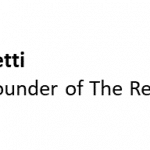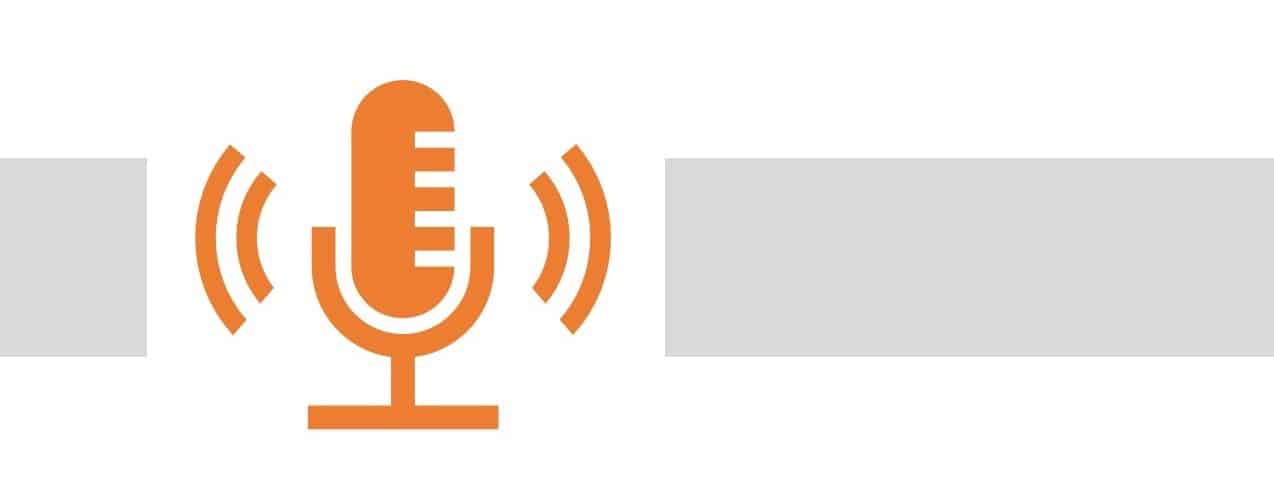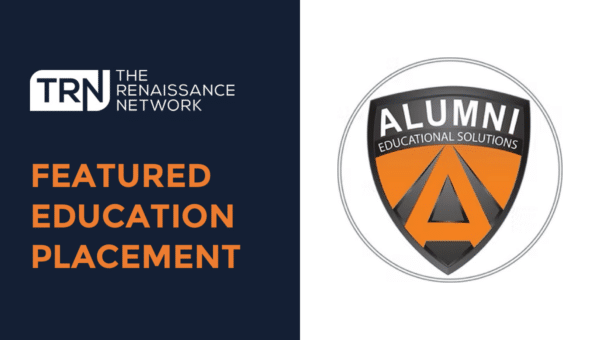
The resulting conversation was so engaging we covered it in two articles. The following is Part Two and addresses fundamental Education industry changes, growth segments, advice to leaders and critical blind spots. Part one covered EdTech industry predictions in the face of a pandemic, hiring insights, investment momentum and catalysts for innovation and can be found here.
Lisa: Do you and your team see particular segments as best positioned for what lies ahead?
Maria: Any technologies that support remote education such as learning management systems are well positioned for continued growth. However, one area that has been tough to crack for online learning is testing and assessment. Test prep is going gangbusters online, but generally people are required to take the actual test in a controlled physical environment. This is changing, and the result will be more movement in the virtual proctoring space, including security, verification, and identity management in the technology stack.
Last year, a company that runs the identity solution for the British government’s passport management raised significant investment. They have recently announced a new vertical in education. Once companies can assure identity and security, the concept of assessment and testing remotely will be more trusted resulting in greater activity in the total value chain. Testing online has not been solved for correctly in accredited education due to regulation and other factors. The pressure of the current COVID-19 situation may help resolve these issues and bring solutions to market more rapidly.
Lisa: Has your data pointed to a fundamental change in the Education industry?
Maria: The most significant change will be in the use of blended or fully online education delivery models by age group. There will be less long-term effect at the early learner stage of Pre-K to grade six or seven. As grade levels increase and especially in junior and then senior colleges and universities, blended learning will be embedded into the core infrastructure of these senior institutions.
This is a very good thing; it makes the best of the different models. Online models are suited for certain elements of teaching and learning, while on campus physical delivery models are beneficial for others. What we’re going to see is more alignment between pedagogy and delivery and hence more effective instruction.
Everyone, including teachers, academics, leaders, and learners, will have to change for this reason, and you will see more acceptance by those who may not have tried it before. In my 25 years of experience in online education, one of the largest barriers to digital learning at universities is trust. Now, everybody is working from home, and more will say, “Actually, I can see how this could work.”
Lisa: Especially related to education, what are critical aspects of the current global situation that could be missed and should not be overlooked?
Maria: The first is related to underlying assumptions about access to technology. There are still many people in countries, states and cities who don’t have the bandwidth, accessibility or even the equipment to connect at home. We need to look after those learners, especially the children. The younger you are, the more imperative it is. So, in EdTech, don’t make the assumption that everybody can use your tools while online. Ensure access to a download when students are connected to the internet allowing them to learn offline later. Providers should design for both offline and online.
Next, there is the social-emotional factor; learning online can be very isolating. Digital instruction should be thoughtfully structured in small chunks to maintain engagement as replicating long classes does not work in this new model. Further, you need to communicate directly with students to gauge their understanding and connection. A learner might feel, “I have no clue whether I am on the right track; I can’t look around to the class to see if everyone else is also struggling.” Teacher presentations and digital content experiences need built-in checkpoints. The idea is to say, “Don’t worry, if you are struggling, we are still here for you and we can help you.”
Finally, a watch out is solely focusing on the learner but leaving out the teacher. The learner should come first, but many teachers are not used to, experienced in, or confident with teaching online. EdTech companies should support educators in the pivot to online learning while empowering a teacher’s own sense of control. Designing for online teaching is completely different than for traditional physical classrooms. This includes creating new teacher resources and could mean moving some of an EdTech company’s staff to support mechanisms for both teachers and learners.
Lisa: Based on the data and insights HolonIQ has collected, what would your message be to leaders in EdTech at this time?
Maria: First, this is a challenging time as the EdTech network is feeling overwhelmed with demand from their existing customers. For example, a university you are servicing might be saying “we want all students on your system now.” This moment represents a terrific opportunity to build or renew relationships with your customers as partners to service learners and teachers. This is not a transactional approach to the relationship between intake and provider but rather a chance to build a new, different connection. We should say, “okay, let’s get together, university, school and tech provider to figure out how to make this thing work.”
Second, EdTech leaders need to focus on their people, their own talent and staff, particularly those employees who are interacting with the clients and customers. These employees could be in business development or in customer success. Management is often in the middle of the organization, and the staff who deal with customers are off on the edge. Leaders need to say, “Okay, guys, what are our clients saying right now? What do they need?” Nurturing this connection with your front-line team members will enable you to turn quickly towards customer needs and delivery solutions faster.
We sincerely thank Maria and Lisa for committing their time to dialogue and share. If you missed it, visit the TRN Blog for “The HolonIQ Interview Part One: Addressing Global Disruption in Education and Technology.”
Feel free to click here to contact us and find out why TRN is considered the Education Talent Expert.




